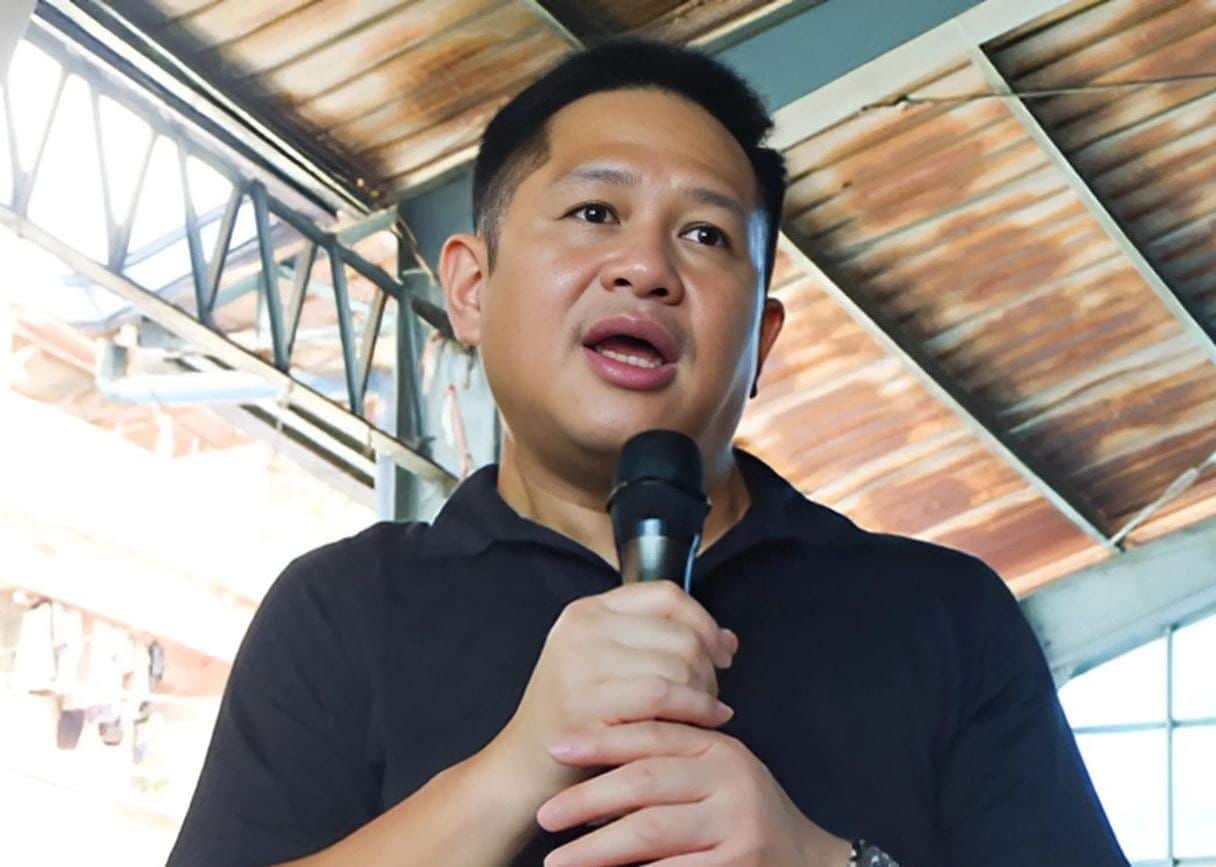Rancho Palos Verdes could lose out on federal funding after President Donald Trump announced earlier this month he was canceling a grant that helps communities prepare for natural disasters. The Federal Emergency Management Agency said it is ending the Building Resilient Infrastructure and Communities program because of “waste, fraud and abuse.” Rancho Palos Verdes Mayor David Bradley said his city's money was earmarked for installing more hydraugers in the ancient Portuguese Bend landslide area .
The hydraugers would have been used to pump water from the ground, dry out the bentonite clay layer and stabilize the land movement. When the city first applied for the grant in 2022, they were allocated about $23 million, but that amount eventually became an initial payment of about $2.3 million, which is now in doubt.

Bradley said the city hasn’t received the funds yet and doesn't think it ever will. “ We are in discussions with FEMA right now, whether that funding is still available and has been obligated to the city of Rancho Palos Verdes or that's also going to be pulled back,” he said. The mayor said the city is concerned about loss of funding from federal, state and county agencies which could put Rancho Palos Verdes “in a fiscal position that is untenable.
” The city has an annual budget of $40 million, he said, but to stabilize the landslide in the long term will cost around $150 million. “The issue is that this is taking the money that we would be using for long-term solutions off the table again, and putting the city in a position where the only thing the city can do financially is the near term immediate emergency remediation tasks,” Bradley said. “We can't get ahead of it.
We can't do long-term planning.” The city, he said, can only put a tarp down instead of pouring concrete. Temporary fixes Land movement was accelerated by heavy rains in 2023 and 2024, pulling apart structures, cutting gas and power lines and severing roads.
NASA imagery shows that land was sliding at a rate of 4 inches a week during a four-week period last year. At the peak of the movement last year, Bradley said, the city had to undertake emergency tasks, including repairing a sewer line and mending cracks on Palos Verdes Drive South, the main thoroughfare through the landslide complex. While movement has slowed, emergency work continues.
Earlier this week, the city had to deal with another sewer line break. These emergency measures are temporary “band-aids,” he said, and without a long term commitment the city is going to continue to bleed resources. “ We are financially in peril .
.. a major piece of infrastructure and a major arterial road within the city of Rancho Palos Verdes is in dire risk of failing and that that would be a major impact to commerce within the South Bay and for the residents of the area,” he said.
“It is well outside of the ability for a city like Rancho Palos Verdes to bear all of that financial risk and we need help from our federal, state, and county partners.” FEMA weighs in The funds earmarked for the grant program will be returned to either the Disaster Relief Fund or the U.S.
Treasury. “The BRIC program was yet another example of a wasteful and ineffective FEMA program. It was more concerned with political agendas than helping Americans affected by natural disasters.
Under Secretary [Kristi] Noem’s leadership, we are committed to ensuring that Americans in crisis can get the help and resources they need,” the agency said in a written statement. The grant program was created by the federal agency during President Trump’s first term in office “to help communities proactively reduce their vulnerability to natural hazard events, and in turn, make the nation more resilient.”.
Environment

Rancho Palos Verdes could lose out on federal funding to help stabilize landslide

FEMA announced the cancellation of a grant that helps communities prepare for natural disasters. Rancho Palos Verdes planned to use its share of the funds to address the Portuguese Bend landslide.














